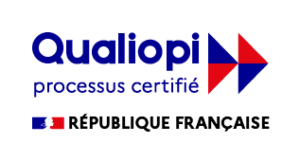
Today, let’s dissect a key principle embedded in DORA’s DNA – the Principle of Proportionality (Article 4).

The entities under DORA span a vast spectrum, including credit and payment institutions, insurance companies, asset managers, and more. From tech-intensive banks to those with lower ICT dependency, DORA recognizes the diversity in their structures, sizes, and business models.

Despite the intentionally broad scope, DORA introduces a crucial element – the Principle of Proportionality. In alignment with this principle, financial entities within DORA’s scope must comply by considering factors like size, overall risk profile, and the nature, scale, and complexity of their services.

What sets DORA apart is its embrace of the Principle of Proportionality. It places the responsibility back on individual financial entities to assess and justify the standards and extent of requirements they must prepare for and implement. A tailored approach acknowledges the unique challenges each entity faces.

DORA isn’t one-size-fits-all. It extends limited exemptions to microenterprises, small and non-interconnected investment firms, and more. On the flip side, the most advanced digital testing requirements are reserved for the “significant” financial entities, creating a nuanced regulatory landscape.

In essence, DORA isn’t just a set of rigid rules. It’s a dynamic framework that adapts to the intricacies of the financial landscape. The Principle of Proportionality underscores the importance of flexibility, ensuring that compliance is not a burden but a strategic alignment with each entity’s unique characteristics.
Gilles CHEVILLON


